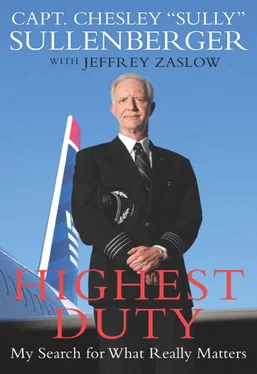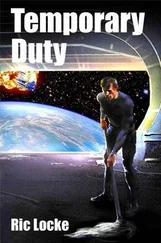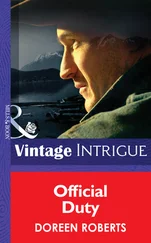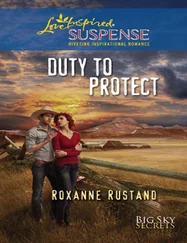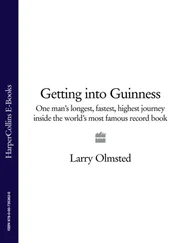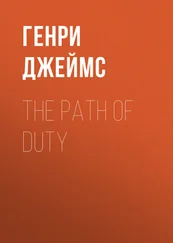I’ve done a lot of thinking since then about all the special people who mattered to me, about the hundreds of books on flying that I’ve studied, about the tragedies I’ve witnessed again and again as a military pilot, about the adventures and setbacks in my airline career, about the romance of flying, and about the long-ago memories.
I’ve come to realize that my journey to the Hudson River didn’t begin at LaGuardia Airport. It began decades before, in my childhood home, on Mr. Cook’s grass airfield, in the skies over North Texas, in the California home I now share with my wife, Lorrie, and our two daughters, and on all the jets I’ve flown toward the horizon.
Flight 1549 wasn’t just a five-minute journey. My entire life led me safely to that river.
IWAS LUCKY enough to discover my passion for flying when I was very young, and to indulge that passion day after day. Lucky that some things went my way; my eyesight, for instance, was good enough to allow me to become a fighter pilot. And lucky that when I left the military, I found work as an airline pilot, when such jobs weren’t plentiful.
I still feel fortunate, after all these years, to be able to follow my passion. The airline industry has its problems, and a lot of the issues can be troubling and wearying, but I still find purpose and satisfaction in flying.
There’s a literal freedom you feel when you’re at the controls, gliding above the surface of the earth, no longer bound by gravity. It’s as if you’re rising above the nitty-gritty details of life. Even at a few thousand feet, you get a wider perspective. Problems that loom large down below feel smaller from that height, and smaller still by the time you reach thirty-five thousand feet.
I love that flying is an intellectual challenge, and that there’s mental math that needs to be done all along the way. If you change the angle of the nose versus the horizon by even one degree while traveling at a typical commercial airliner speed of seven nautical miles a minute, it’s enough to increase or decrease your rate of climb or descent by seven hundred feet per minute. I enjoy keeping track of all the calculations, staying aware of the weather conditions, working with a team—flight attendants, air traffic controllers, first officers, maintenance crews—while knowing intimately what the plane can and cannot do. Even when the controls are being manipulated through automation, pilots have to back up the computer systems with their own mental math. I like the challenge of that.
I also like sharing my passion for flying. It’s a disappointment to me that a lot of kids today aren’t especially fascinated by flight. I’ve watched countless children walk past the cockpit without paying much attention; they’re too focused on their video games or their iPods.
When there are children who eagerly want a look inside “my office” at the front of the plane, their enthusiasm is contagious. It’s so gratifying to see their excitement about something I care deeply about. If we aren’t busy during boarding, the first officer and I enjoy inviting inquisitive children to sit in our seats in the cockpit, ask questions, and let their parents take photos of them wearing a captain’s hat.
Being a pilot has a tangible end result that is beneficial to society. It feels good to take a planeload of 183 people where they need or want to go. My job is to reunite people with family and friends, to send them on long-awaited vacations, to bring them to loved ones’ funerals, to get them to their job interviews. By the end of a day, after piloting three or four trips, I’ve taken four or five hundred people safely to their destinations, and I feel as if I’ve accomplished something. All of them have their own stories, motivations, needs—and helping them brings a rewarding feeling.
This is what gets me ready for work, and one of the things I look forward to.
I DID not kiss my wife good-bye.
It was five-thirty Monday morning, and I was leaving home for a four-day trip. My schedule had me piloting seven US Airways flights, with the last leg set for Thursday, January 15: Flight 1549 from New York to Charlotte.
I didn’t kiss Lorrie because, over the years, I’ve come to realize that Lorrie is a light sleeper, and though I’d like to quietly kiss her before every trip and whisper “I love you,” doing so at 5:30 A.M. wouldn’t be fair to her. I’d leave, and she’d be left there in bed, eyes open, to contemplate everything that she and our two daughters needed to do in the days ahead—all of it without me or my help.
Despite my passion for flying, the constant departures that define a pilot’s life have been very hard on us. Gone from home about eighteen days per month, I have missed well over half of my children’s lives.
My leaving isn’t an indication that I love flying more than I love my wife and kids. In fact, Lorrie and I have talked in recent years about my doing something besides commercial aviation, something that would keep me closer to home. Despite the limits on how a man can reinvent himself, I’ve been confident about finding another way of meeting my family’s financial needs that would equal being an airline captain. But I’ve wanted it to be a good fit that would take advantage of my life experiences. In the meantime, my dedication to the profession remains strong. And Lorrie knows me. She knows what flying means to me. We’ve found our ways to cope.
And so on that Monday, like so many before, I took my leave. Lorrie and our daughters, Kate, sixteen, and Kelly, fourteen, were fast asleep when I pulled the car out of our garage in Danville, California, and headed for San Francisco International Airport.
As the sun rose, I was already thirty-five miles away, crossing over San Francisco Bay on the San Mateo Bridge. I needed to be on a 7:30 A.M. flight to Charlotte—as a passenger.
Flight crews all have a base of operation, and mine is Charlotte, North Carolina. I used to be based in San Francisco, beginning in the early 1980s, when I flew for Pacific Southwest Airlines. In 1988, PSA merged with USAir, and I became a USAir pilot. In 1995, when USAir closed its San Francisco base, my base became Pittsburgh and then Charlotte. Lorrie and I wanted to remain in California, so like others based far from home, I’ve made a decision to commute across the country to start my work. We have chosen this life, and I’m grateful the airline allows it. Still, the logistics of it are wearying.
I don’t have to pay for my flights to get to work, but I do have to go standby. If no seat is available, I can usually ride in the jumpseat in the cockpit. That’s my ace in the hole. Mostly, though, I prefer to be in the back of the plane, out of the way of the pilots doing their job. In the back, I can read a book or close my eyes and try to sleep.
Because I’m in uniform, passengers will sometimes ask me a question about the flight, the turbulence, or how to best jam their overstuffed bags into the overhead compartment. Just as often, no one really notices me.
That’s how it was on the flight that day to Charlotte. I sat there in my middle seat in coach, as anonymous as always, with no conception that by week’s end everything would change. These were the final days of my old familiar life as a pilot.
I AM a man of routine, and there’s a precision to my life that leaves Lorrie rolling her eyes sometimes. She says I’m very controlled and regimented, and though she believes that is part of what makes me a good pilot, it also makes me hard to live with on occasion. Lorrie knows other pilots’ spouses who describe them the same way. Like me, they’ll come home after days away and try to take charge, annoying loved ones by reorganizing the dishes in the dishwasher, finding a more efficient way to stack everything. I guess the flying culture—all our training—is what makes us so organized. Or, as Lorrie suspects, maybe there’s a certain type of personality attracted to the profession. In any case, I suppose I’m guilty as charged. But my exacting approach to things may serve me well in a lot of ways.
Читать дальше
